With its colourful houses and Cape Malay cuisine, Bo Kaap is the pretty face of an ugly history. Here’s what to do in Bo Kaap.
See also: 19 unusual things to do in Cape Town.
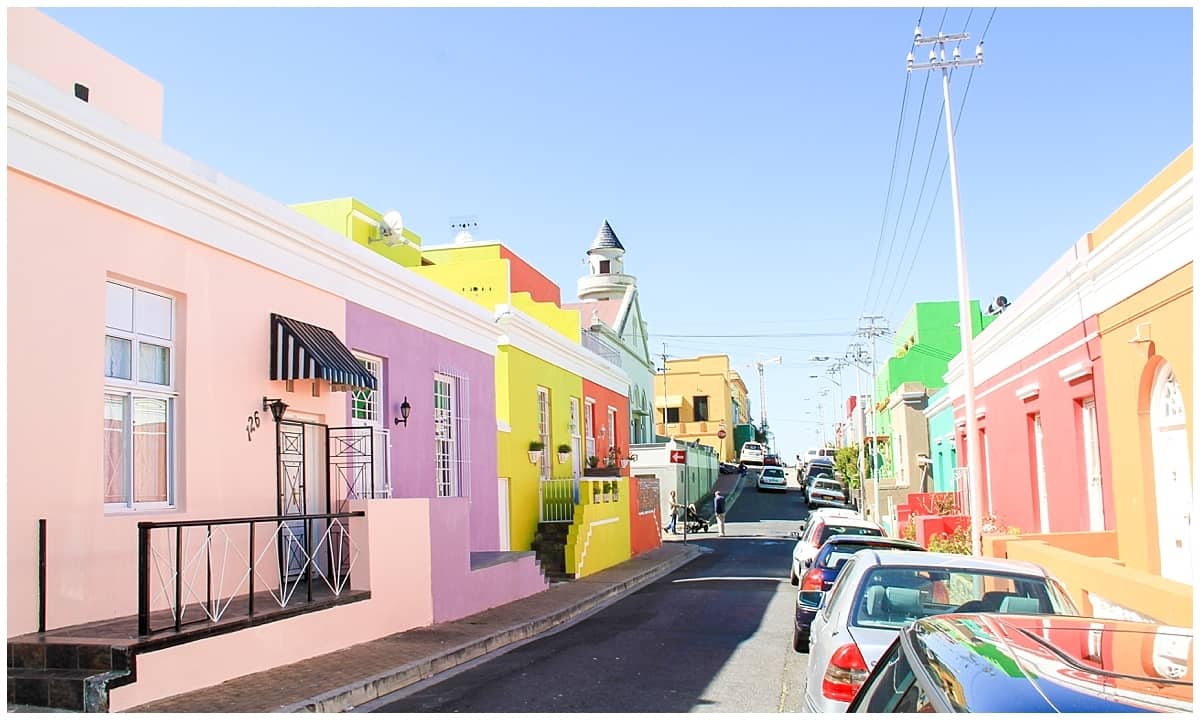
The Colourful Houses of Bo Kaap
When it comes to colour in South Africa, perhaps there’s no better place to start than Bo Kaap.
Along the cobbled slopes that tiptoe up towards Table Mountain, houses blaze in hues of lilac, canary yellow, cobalt blue and eye watering green as children play football around the nation’s oldest mosque.
Today, there’s peace. Cardamom pods change hands in the scented gloom of the local spice shop, golden-haired tots pose for photos with balloons and tourists stroll one after the other, mouths open, cameras ready.
But, as with almost everything in Cape Town, it wasn’t always this way.
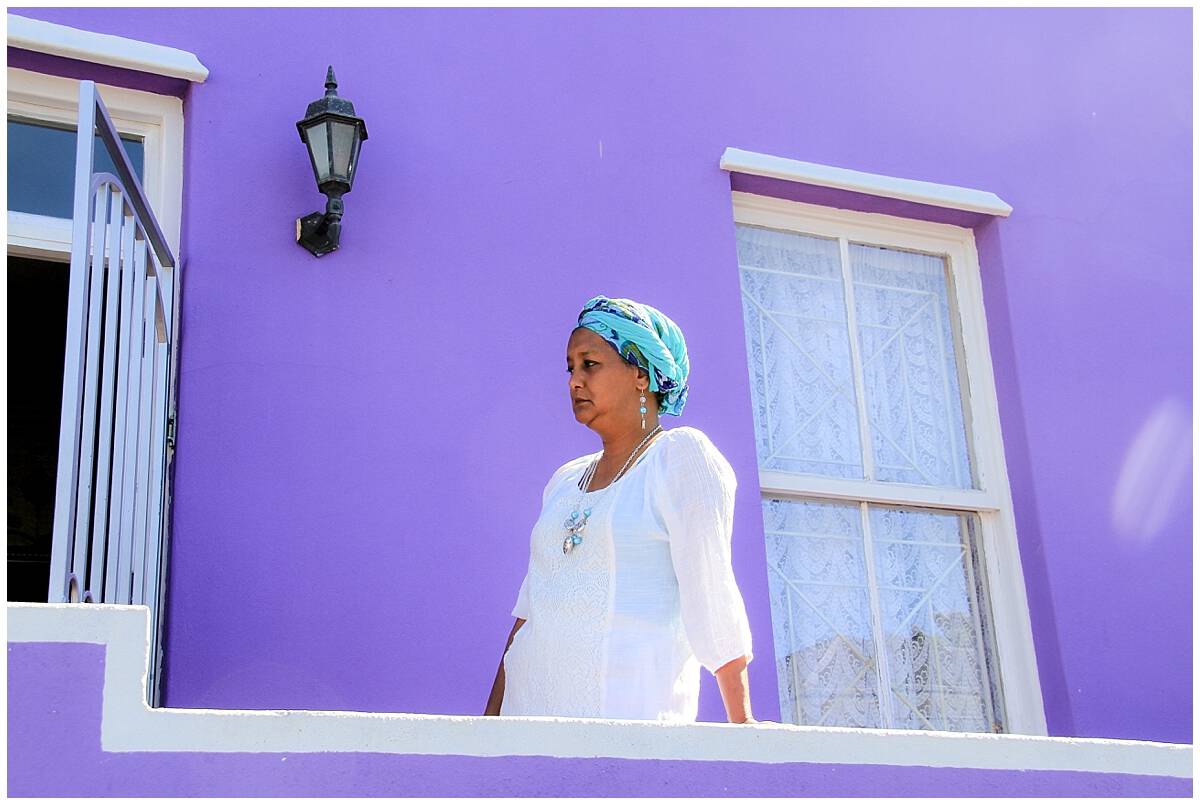
Bo Kaap History and Importance
150 years ago, Bo Kaap’s population more or less told the story of the city in its racial and cultural diversity: European settlers and freed Asian and African slaves. Islam flourished, attracting many who rejected the Christianity of their former slave owners as well as those whose beliefs arrived with them from Indonesia and beyond.
Over time came the strangling legislation of Apartheid. In particular, the relocation laws.
Bo Kaap became part of the Malay Quarter and having a cup of tea with someone in a different racial category an imprisonable offence. (Categories were Black, White, Indian and Coloured, with further sub-categories within each group. Racial profiling involved such highbrow methods as running a pencil through someone’s hair and seeing how easily or quickly it fell out. Families were torn apart, education restricted, and whole communities relocated out of town.)
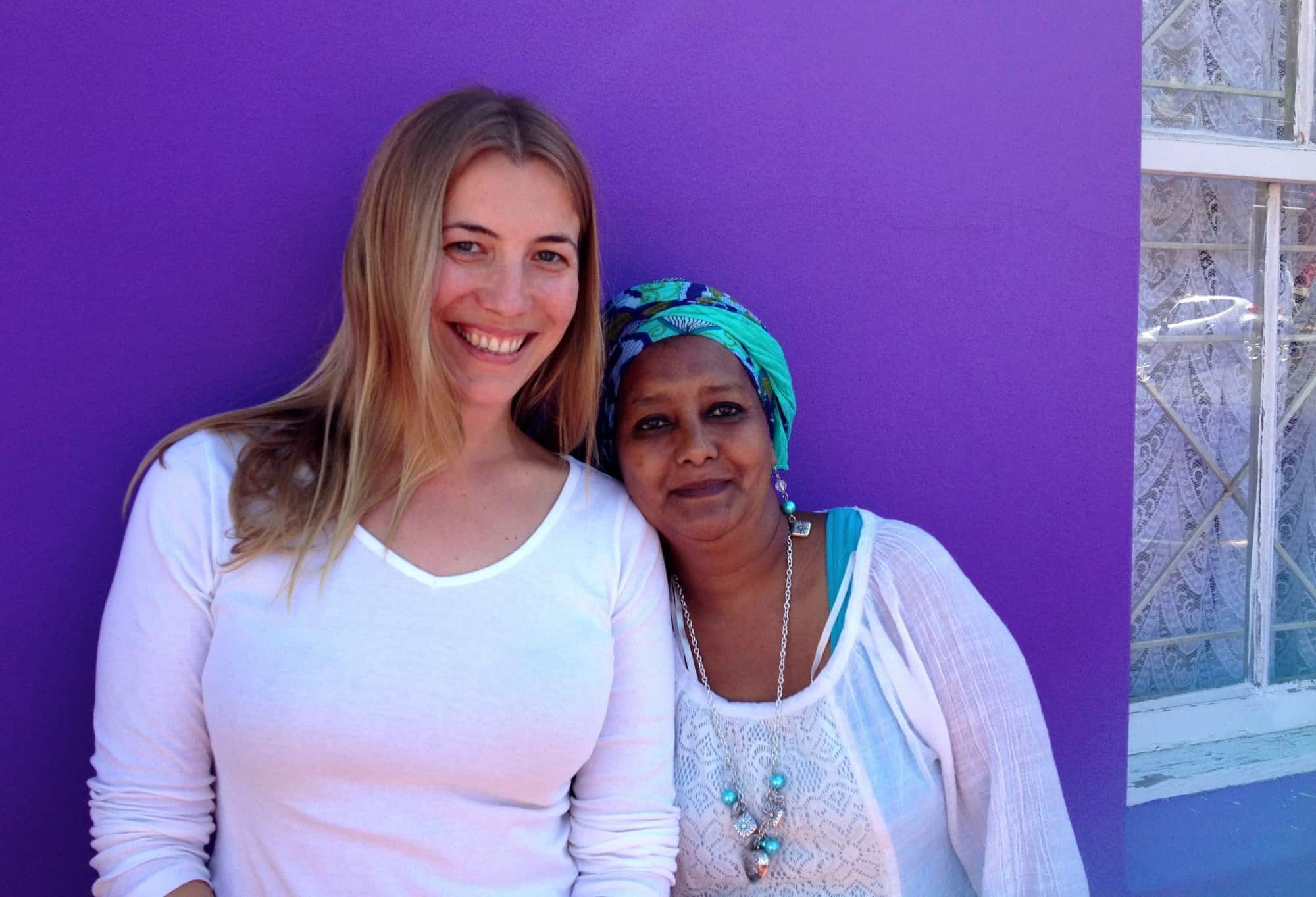
“Meeting Like This Would Be Illegal”
Fandela, a woman who calls Bo Kaap her home and who runs Cape Malay cooking classes, muses on it all.
“Twenty five years ago,” she says, “This would be illegal.”
She’s talking about the samosa I’m holding in my hand. The one she’s been teaching me how to make within the front room of her house.
It’s not my folding technique she means, nor the trail of flour dust I’ve created. Nor even, my propensity to leave hot oil on high heat indefinitely.
No, she means my existence. My being here. My veins that show through my skin and the pencil that would, no doubt, fall through my hair.
My imagination hears police footsteps at the door and the part of me that gets nervous under pressure wants to laugh at the ridiculousness of it all. At the painful sum of wasted life thrown away in so many conflicts on the basis of such utter nonsense.
Still, that was years ago. The flour, the colour, the samosa. That’s now.
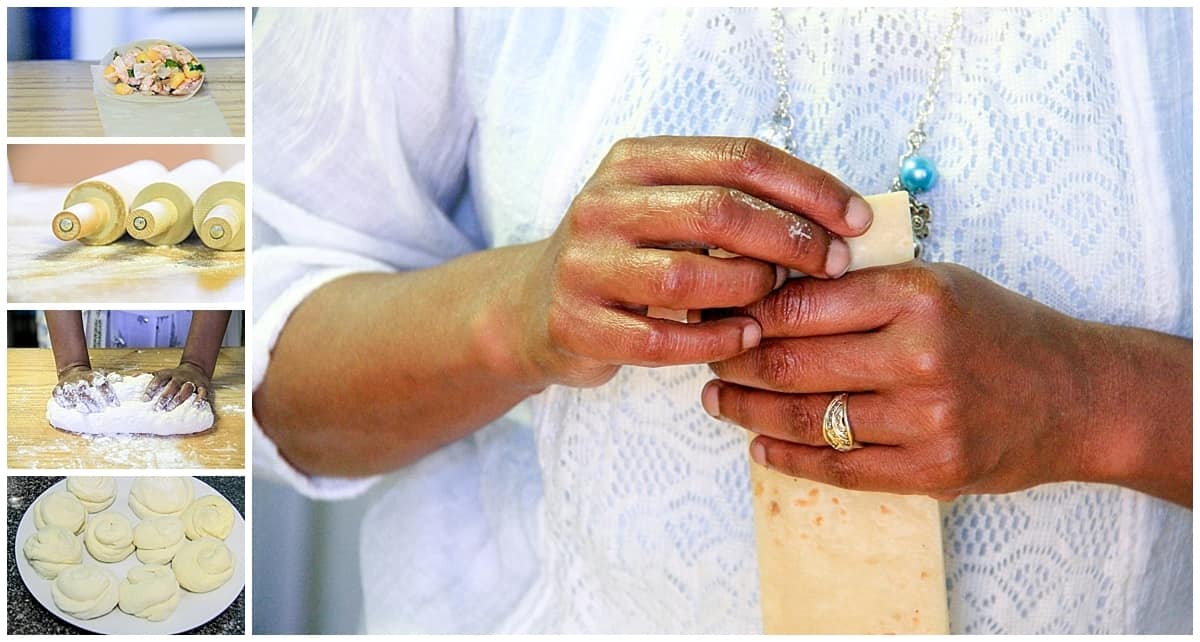
Why Colour Still Matters in Bo Kaap
The “born free” generation are coming of age – and enthusiasm pulses through South Africa.
But there’s also disenchantment.
“Under Apartheid, the running order went White, Coloured, Black,” says Fandela. “While these days, it’s Black, White, Coloured.”
I fold another samosa and notice that one of the corners tears.
Bo Kaap itself is changing. The Rainbow Nation has introduced young professionals of all colours into the paintbox palette streets. Old animosities die. And new controversies flare as residents fight against drinking hole proposals in this predominantly Muslim area.
In the meantime, I move from samosas to roti, give thanks for my meal and sit down to eat with my hands in the beautiful streets of Bo Kaap.
It’s protected now, on account of that architectural beauty. Residents are free to change whatever they like on the inside but the outside must remain the same.
Except for the colour.
Residents can change that as much as they like. It’s the law.
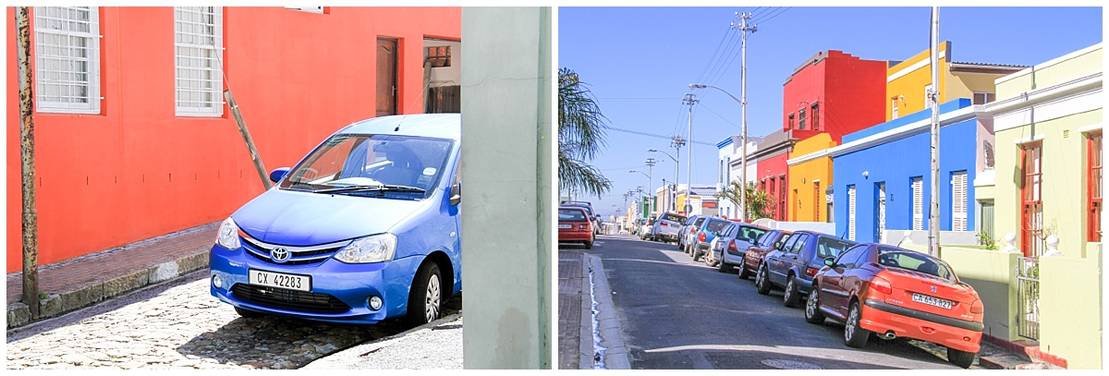
What To Do in Bo Kaap
Bo Kaap has become one of the top destinations in Cape Town. But please remember that it is also people’s homes. Visit respectfully, of course.
Where is Bo Kaap?
The colourful streets run along the lower side of Signal Hill right next to Cape Town’s CBD (Central Business District) or Cape Town city centre. It used to be part of the Cape Malay Quarter and it’s this “used to” status that leads to so many complexities.
It’s about ten minutes by Uber or taxi from the V&A Waterfront to help you get your bearings.
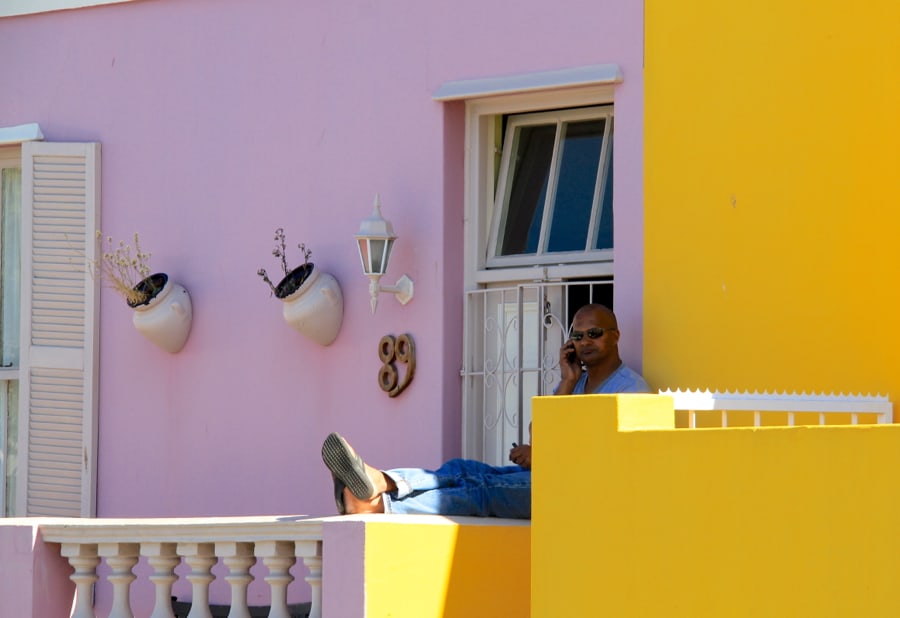
Bo Kaap Museum
The Bo Kaap Museum, or Iziko Bo-Kaap Musueum or IBKM to give it its full name, forms a core part of a visit to the area. Housed in one of the earliest Dutch Cape houses in the region, it is mainly a social history museum, bringing to life a typical 19th century Muslim house here.
The building itself dates back to 1768 but it wasn’t until 1978 that it became a museum (it’s now one of five satellite museums under the umbrella of the South Africa Cultural History Museum.)
Inside, spend between two hours and half a day reliving the cultural events, such as New Year carnival, to the beats of music and video clips. Learn about traditional Cape Malay food and festivals and add some context to your South African trip.
- The Bo Kaap Museum hours are typically 9 – 16:00 Monday to Saturday but always check in advance.
Auwal Mosque
As the first mosque in South Africa, the Auwal Mosque stands as an understandable source of pride. Built in 1794 on the land of a freed formerly enslaved individual, it was the first place where enslaved people could publicly worship Islam.
The first imam, Qadi Abdussalam, known as Tuan Guru wrote the entire Quran from memory while a political prisoner.
Atlas Trading Company Spice Store
Another Bo Kaap institution is the more accessible Atlas Trading Company. This family-owned spice shop on Wale Street welcomes visitors through an array of spices and smells and has done since 1946. It’s an easy walk from the mosque and museum and makes a fun spot to stop and chat.
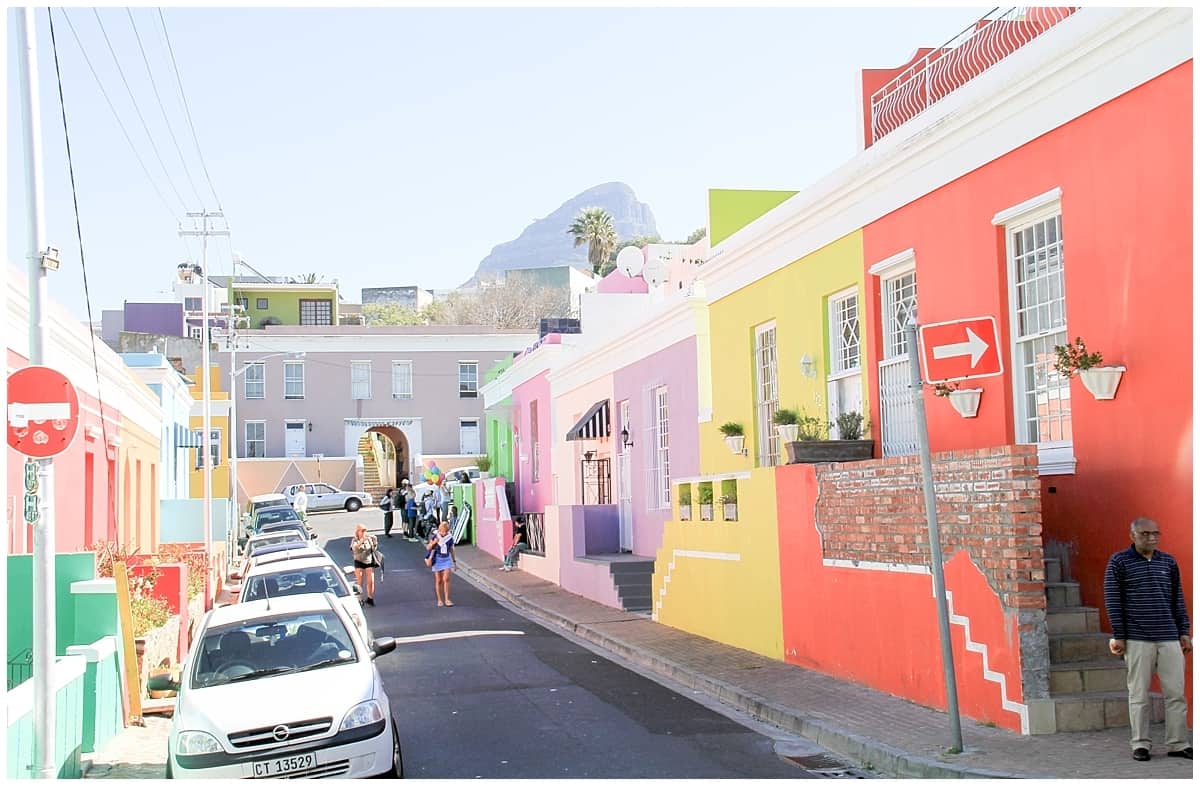
Bo Kaap Neighbourhood Walking Tours
If you book or buy through these links, we may earn a small commission at no extra cost to you. Cheers!
Bo Kaap is small but a little steep and it’s easy to walk around yourself (although I’d suggest travelling here by taxi or Uber here.)
You can simply join free walking tours of Bo Kaap twice a day or join one of the tours run by Coffee Bean Routes. I took several tours with them during my several trips to Cape Town and would highly recommend them.
In particular, I would strongly recommend a cooking class in Bo Kaap. This way, you can swap roles from voyeur to participant and really start to chat to people who live here, make friends and learn a new skill. It’s so much more satisfying than wandering around with a camera.

Bo Kaap Cooking Classes: The Best Way to Learn
I’ll say it again: the best way to explore Bo Kaap is to take a cooking class and learn more about the Cape Malay culture through the best medium of all: food! Chat, learn and explore within one of Bo Kaap’s rainbow houses.
My top pick is Faldela and her 3-hour Malay cooking class.
Did you enjoy this article on what to do in Bo Kaap, South Africa? Bookmark for later!
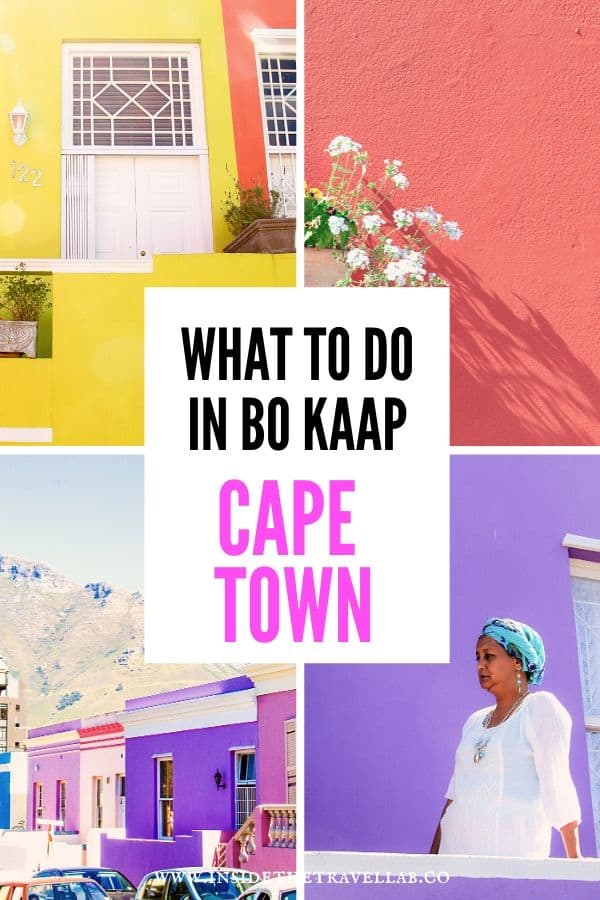
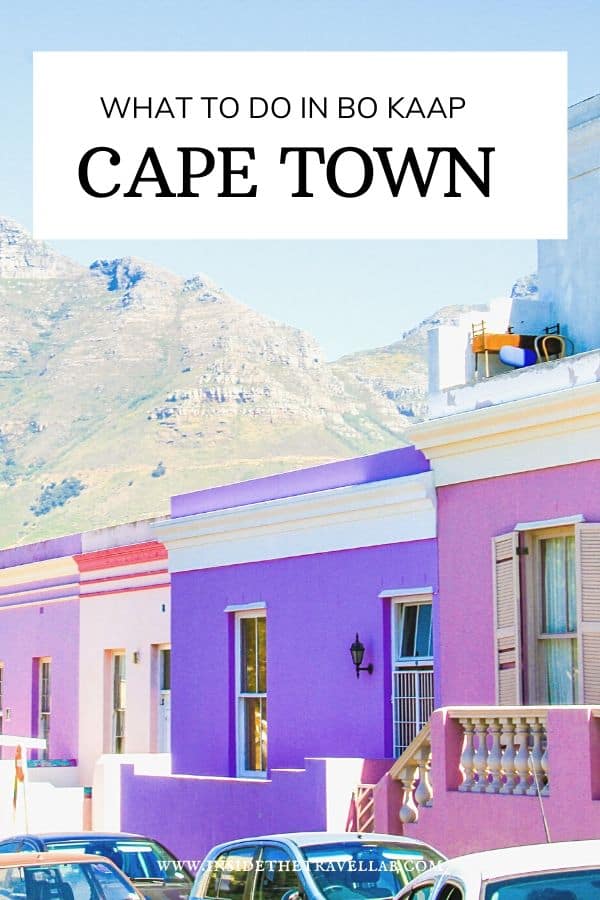
More About Cape Town
More About South Africa
- Why you should visit Soweto in Joburg.
- What I’ll Always Remember About South Africa.
- Why South Africa is the Rainbow Nation.
More About Travel in Africa
- The best places to visit in Africa: how to build your bucket list
- Namibia and the oldest desert in the world
- The best beaches in Madagascar
- What safari guides really fear in Botswana’s Okavango Delta
- How the red tsingy in Madagascar are the perfect antidote to travel overload.
- The real pride rock
- Why Ouirgane valley in Morocco deserves your time
- The highs and lows of driving in Morocco
- What you need to know about trekking Kilimanjaro
- 10 reasons why The Gambia really is worth visiting
Disclosure – I’ve travelled to Cape Town several times. This time, I was a guest of GoToSouthAfrica. As ever, as always, I am free to write what I like.

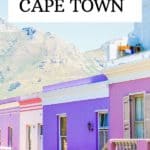
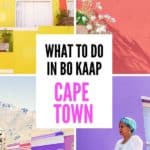
so what you said in summary?
Beautifully composed images, captivating storytelling. Thanks so much.